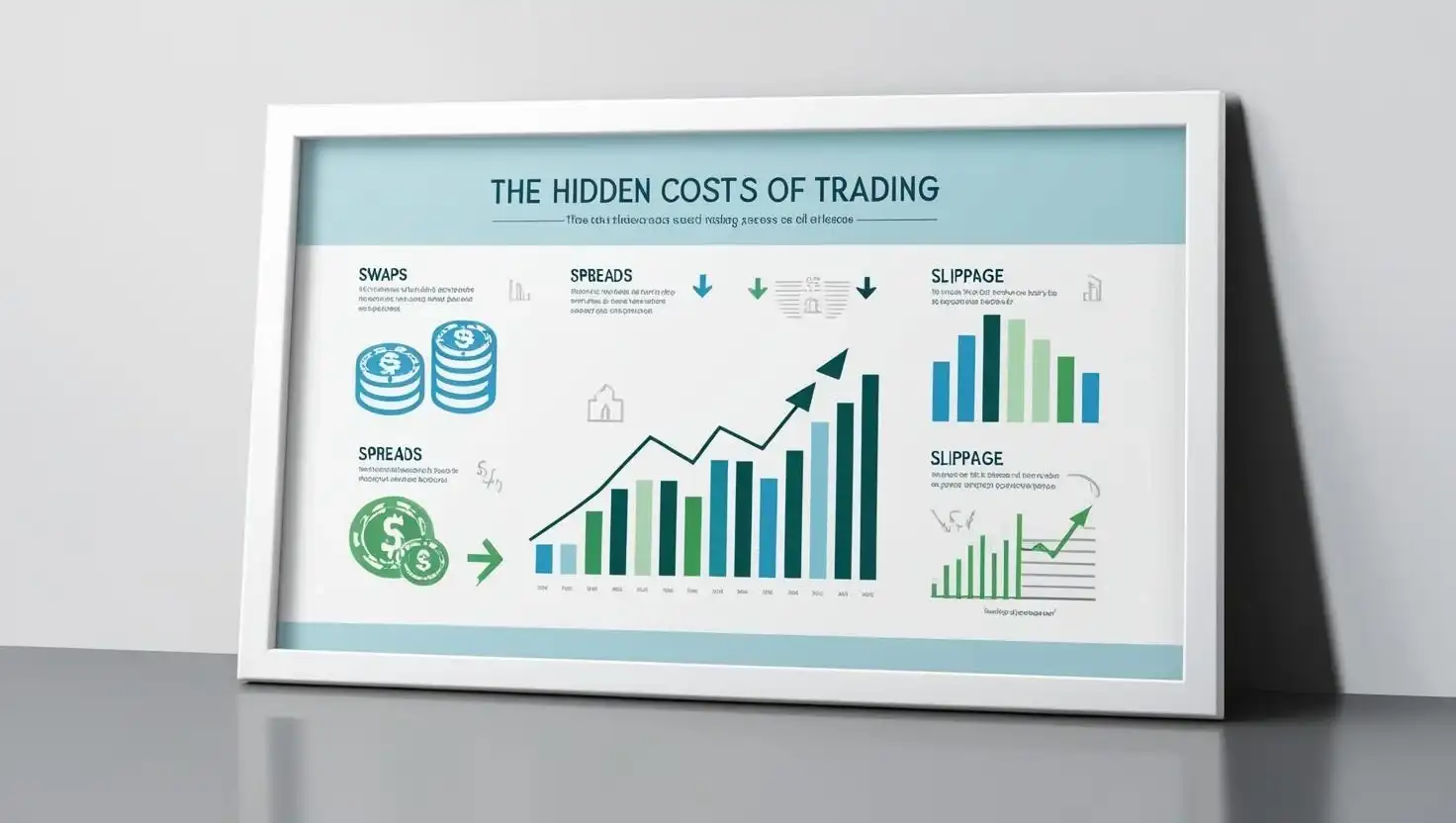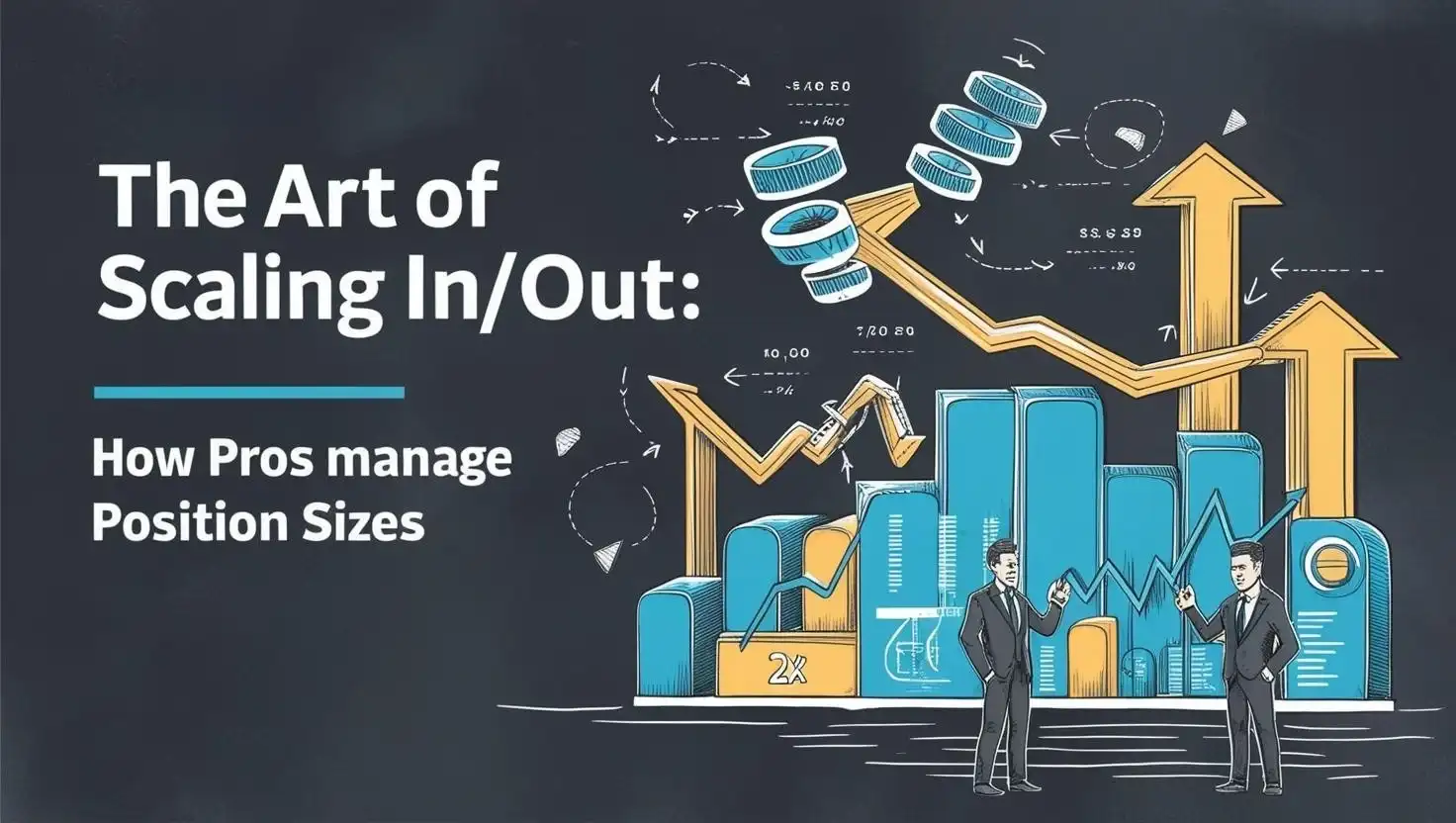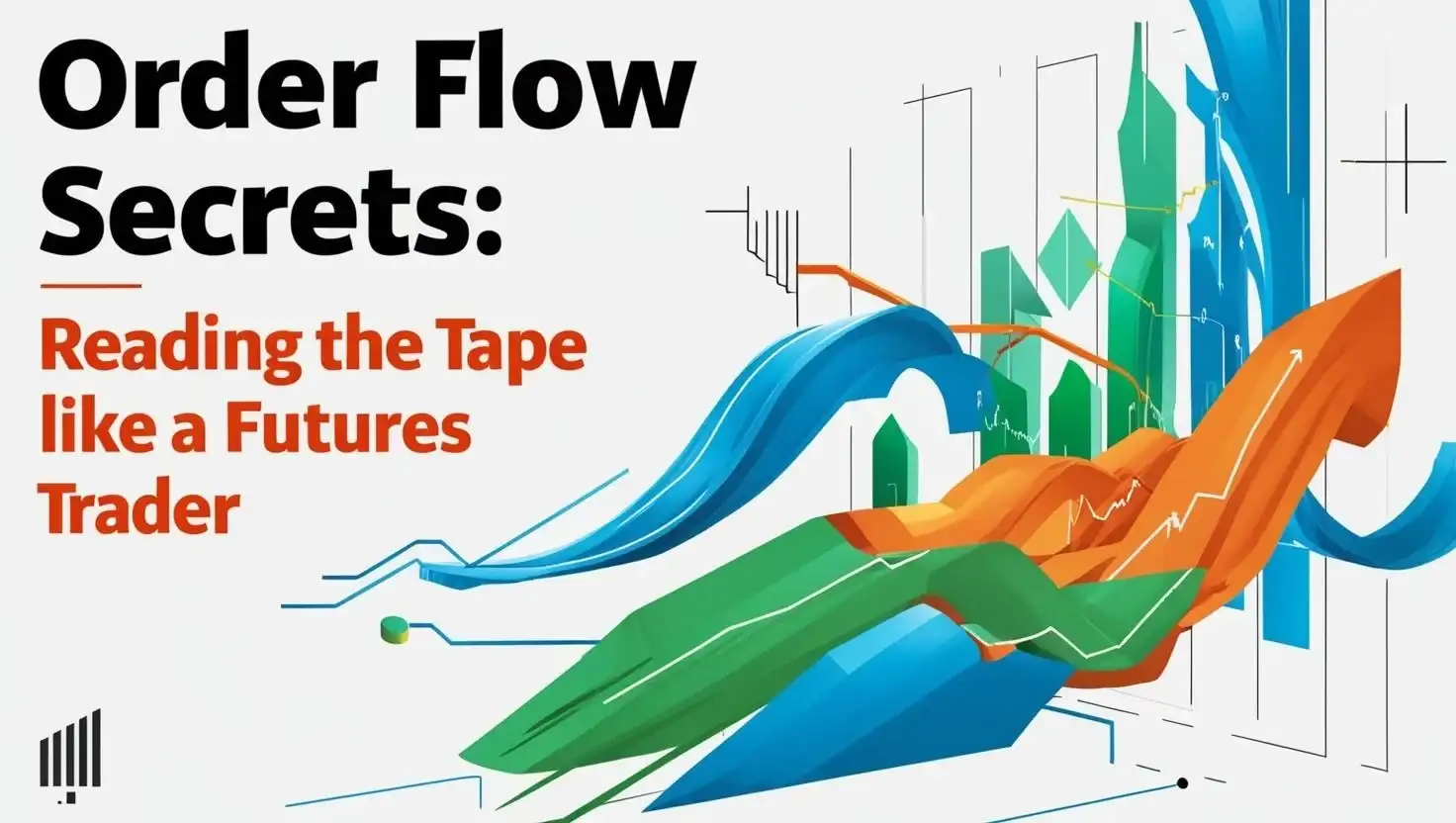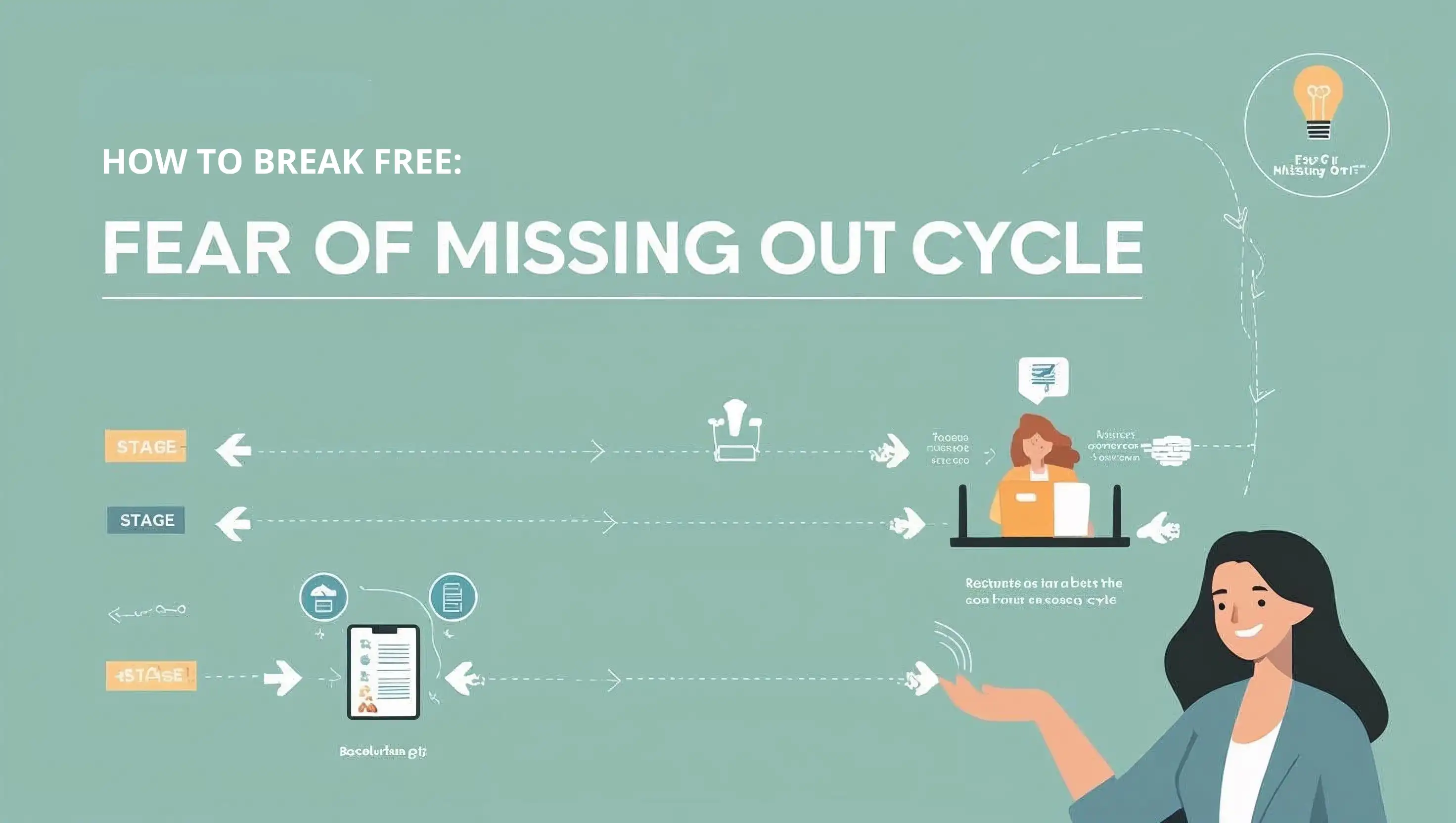Trading is more than just buying low and selling high. Beneath every transaction lie unseen costs that can quietly erode profits: spreads, swaps, and slippage. Often overlooked by beginners and underestimated by experienced traders, these costs can diminish gains, amplify losses, and transform a promising strategy into a losing one. This article dissects these hidden expenses using real-world examples, expert insights, and actionable strategies.
Key Takeaways
- Spreads, swaps, and slippage are unavoidable costs—every trader must account for them.
- ECN brokers and limit orders help minimize trading expenses.
- Long-term traders should focus on swaps, while short-term traders must manage spreads and slippage.
- Factoring these costs into a trading plan improves capital preservation, execution precision, and overall profitability.
Spreads: The Invisible Tax on Every Trade
Spreads represent an inescapable transaction cost in every trade, acting as a built-in fee that traders must overcome before securing a profit. The spread is the difference between the bid price (what buyers are willing to pay) and the ask price (what sellers are willing to accept). This gap serves as compensation for brokers and liquidity providers, particularly in decentralized markets like forex and cryptocurrencies.
The size of the spread fluctuates based on liquidity and volatility. Highly liquid markets, such as major forex pairs (e.g., EUR/USD), usually have tight spreads, while less liquid or volatile markets, like exotic currency pairs and small-cap stocks, tend to have wider spreads. For high-frequency traders, such as scalpers, spreads are a critical cost that can significantly impact profitability.
Fixed vs. Variable Spreads: Understanding Broker Models
Spreads come in two main types:
- Fixed Spreads – Remain constant regardless of market conditions. Market maker brokers often offer these, internalizing orders and assuming counterparty risk. While fixed spreads provide cost predictability, they may lead to order rejections (requotes) or delayed execution during volatile periods.
- Variable Spreads – Fluctuate in real-time based on liquidity and volatility. ECN/STP brokers provide variable spreads by connecting traders directly to interbank liquidity pools. While they tend to be tighter during stable market conditions, they can widen significantly during news releases or off-peak hours.
Impact of Spreads on Profitability
Spreads can add up quickly. For example, on EUR/USD, a 2-pip spread (1.1000 bid vs. 1.1002 ask) equates to:
- $20 per trade on a standard lot (100,000 units)
- $2 per trade on a mini lot (10,000 units)
- $0.20 per trade on a micro lot (1,000 units)
For active traders, these costs accumulate rapidly. A day trader executing ten standard-lot trades per day incurs $200 in spread costs, adding up to over $4,000 per month. To minimize spread-related expenses:
- Trade highly liquid assets like major forex pairs.
- Avoid trading during low-liquidity periods (weekends, holidays).
- Choose a broker with competitive spreads and efficient execution.
Swaps: The Hidden Overnight Fee
Swaps, or rollover fees, are interest charges (or credits) applied to positions held overnight. These fees stem from the interest rate differential between the two currencies in a forex pair. If a trader buys a high-yield currency (e.g., AUD) against a low-yield currency (e.g., JPY), they earn a positive swap. Conversely, shorting the higher-yielding currency results in a negative swap.
Calculating Swap Charges
Swaps are determined by the formula:
For instance, holding a standard AUD/JPY lot with a 4.45% annual rate differential generates about $12.19 per day. However, traders must be wary of the triple swap effect—positions held past Wednesday 5 PM EST incur three days' worth of charges due to weekend settlement delays.
To manage swap costs:
- Close positions before Wednesday 5 PM EST to avoid triple swaps.
- Use swap-free accounts if applicable.
- Utilize carry trades by buying high-yield currencies and selling low-yield ones.
Slippage: The Unpredictable Execution Risk
Slippage occurs when an order executes at a different price than expected, usually due to market volatility or low liquidity. It can result in:
- Negative Slippage – Execution at a worse price, increasing costs.
- Positive Slippage – Execution at a better price, though less common.
For example, a buy order for GBP/USD at 1.2500 may execute at 1.2520 due to a rapid price movement, costing the trader $200 on a standard lot.
When Does Slippage Occur?
This happens on high-impact news events (e.g., Non-Farm Payrolls, central bank meetings) and when Market openins (forex market reopening after weekends). Less often than not, you can experience it on low-liquidity periods.
To reduce slippage, use limit orders instead of market orders, avoid trading during major news releases and set slippage tolerance limits when available.
Comparing Spreads, Swaps, and Slippage
Each hidden cost affects traders differently:
- Spreads are constant and impact every trade instantly, making them crucial for short-term traders.
- Swaps accumulate over time and are particularly relevant for long-term traders.
- Slippage is unpredictable and can cause unexpected losses, especially during volatile market conditions.
How to Minimize Hidden Costs
1. Managing Spreads:
Trade highly liquid assets and during peak hours. Use ECN/STP brokers for tighter spreads. Avoid trading during rollover times (5 PM EST) and low-liquidity periods.
2. Reducing Swap Costs:
Close positions before Wednesday rollover. Opt for swap-free accounts if suitable. Align strategies with interest rate differentials.
3. Limiting Slippage:
Utilize limit or stop-limit orders. Steer clear of market orders during news events. Adjust slippage tolerance settings where available.
4. General Strategies:
Backtest strategies while considering all costs. Choose brokers with transparent pricing and efficient execution.
Final Thoughts
Spreads, swaps, and slippage form an essential trio of hidden costs in trading. Spreads act as an upfront toll, swaps accumulate over time, and slippage introduces execution uncertainty. By understanding these costs and implementing risk management techniques—such as selecting optimal trading times, choosing reliable brokers, and adjusting order types—traders can transform these expenses from profit-draining forces into manageable factors. True success in trading isn't just about forecasting price movements but also mastering the economics of execution.
The U.S. Securities and Exchange Commission (SEC) emphasizes transparency in spread costs, urging brokers to disclose them clearly (SEC Investor Bulletin).



